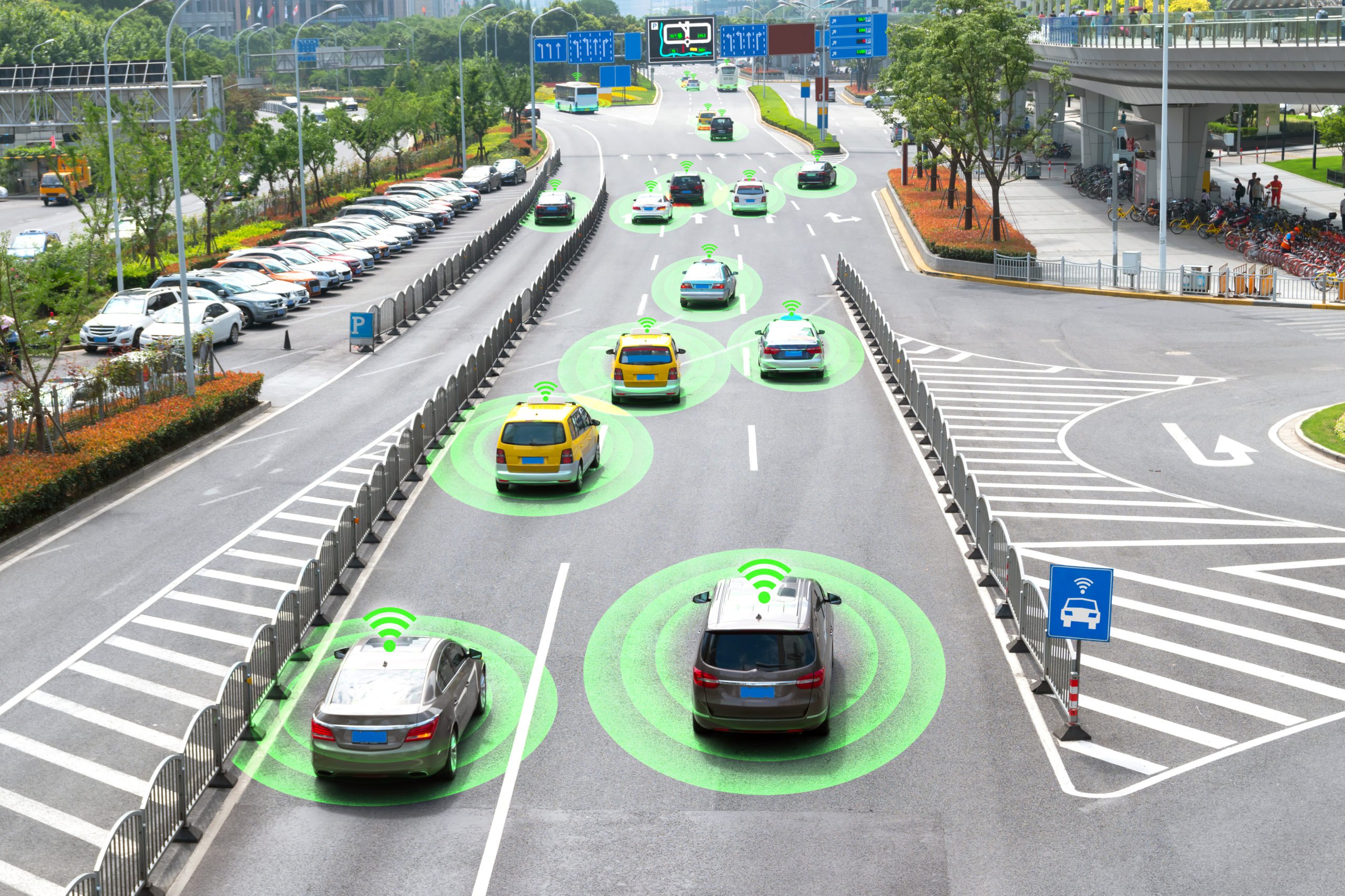Smart Farming: How Data Tagging, Drones, and Satellites Boost Crop Health
Agricultural professionals prioritize crop health while dealing with traditional checks through manual field observation and laboratory test methods which are usually slow, costly, and limited in scope. Early problem detection suffers because of traditional approaches that cause yield losses together with resource waste. Modern technology has transformed plant health monitoring through the utilization of drones and sensors and satellites which deliver real-time high-quality data. Such tools together with sophisticated annotation methods enable farmers to spot diseases and deficiencies and environmental stress signs rapidly which leads to more efficient decision-making. High-tech monitoring has transformed agriculture by creating more efficient and sustainable and profitable operations in farming.
Data Sources in Modern Agritech
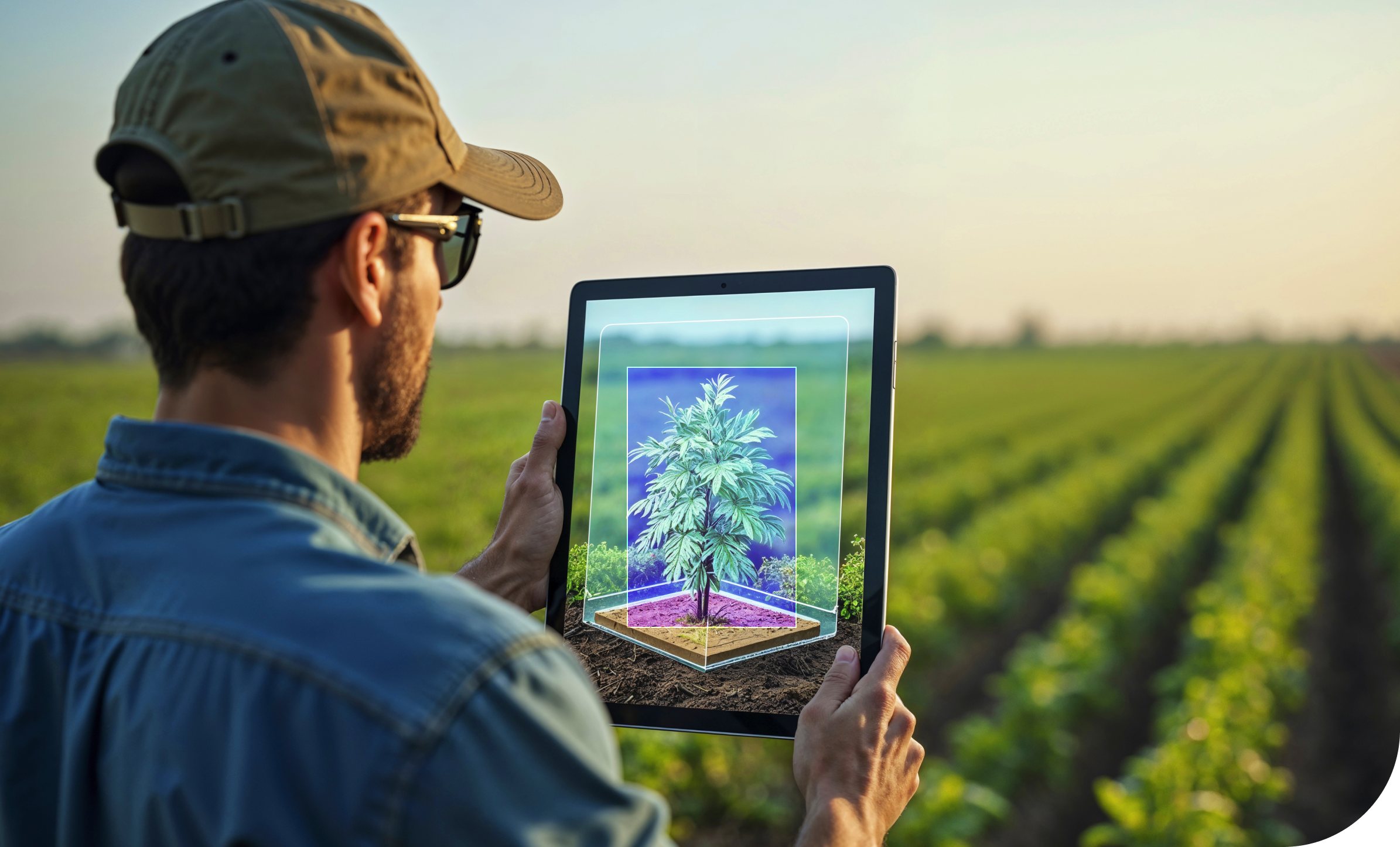
Agricultural technology in modern times gathers diverse data sources to allow farmers complete field visualization. Drone imagery serves as a key component because it acquires sharp photos for performing thorough visual examinations. Drone systems use multispectral and RGB cameras which help farmers find hard-to-detect early pest problems and diseases together with nutrient problems they cannot see from surface level. The periodic field scanning capability helps farmers locate specific areas requiring intervention before issues grow out of control, which enables them to avoid broad-based pesticide or fertilizer spraying.
Real-time environmental conditions become accessible through the deployment of IoT sensors which are embedded within the soil. The monitoring system utilizes sensors which track soil moisture together with temperature measurements as well as CO₂ levels to help farmers make more informed choices about irrigation and nutrient administration. The monitoring process can be further enhanced through thermal satellite imagery because it reveals plant stress signatures through temperature changes. The early detection of plant temperature imbalances due to drought or disease becomes possible with satellite thermal imaging technology because plants reveal their stress through temperature changes. Harvesting mechanisms, like combine harvesting, produce useful data which provides field productivity information. Field yield analysis through section evaluation allows farmers to modify cultivation methods which results in increased efficiency alongside maximum yield production. Multiple data streams work together to establish an intelligent database system that drives agricultural intelligence.
The Role of Data Annotation in Building Effective AI Models
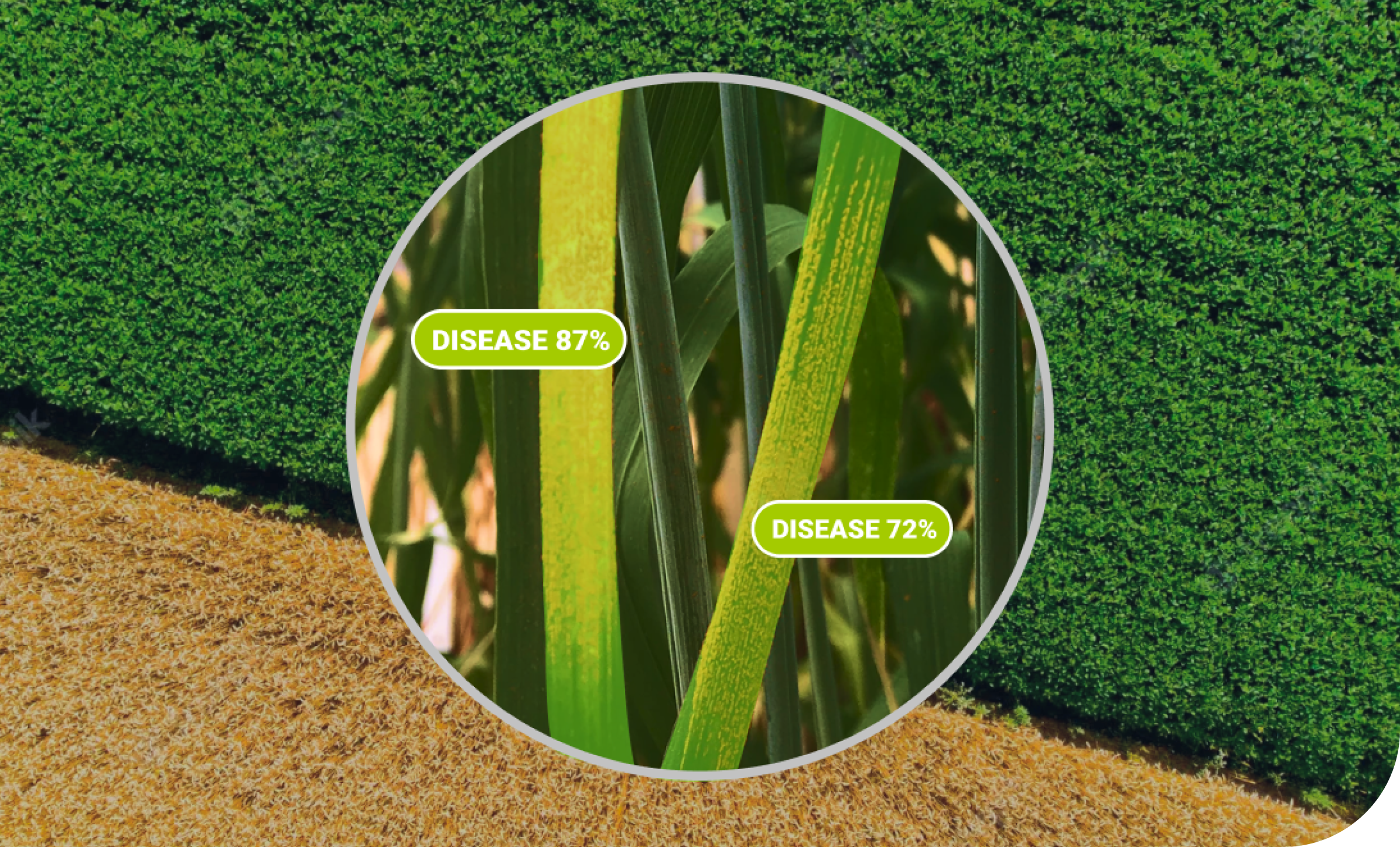
Raw data alone is insufficient to effectively train AI models since machine learning algorithms need proper labeling to separate diseased plants from healthy ones and detect patterns in soil conditions. Accurate and reliable AI-powered agritech solutions rely on data annotation for their operation. Annotation produces precise tags for agricultural indicators including crop health and soil moisture and pest visibility to establish AI model recognition abilities. The annotation process enables models to determine early-stage fungal infections from harmless leaf discoloration while identifying suitable soil moisture ranges for different types. The AI system will provide better support for farmer decision-making when precise labels are utilized.
The process of annotating agricultural data introduces various important difficulties to handle. The diversity of information sources creates major issues since drone data combines with sensor data along with satellite data and harvesting equipment data that vary in format and resolution quality. The labeling process becomes inconsistent because image quality depends on various elements including calibrated sensors, camera specifications, environmental factors and measurement errors. AI models find it hard to accurately identify patterns because different datasets assign contrasting terms to the same entities such as “infected” and “diseased.” Creating advanced annotation approaches such as automated pre-labeling combined with expert validation enables the development of precise and scalable AI-based agritech solutions.
How Integrated Data Annotation Helps Farmers
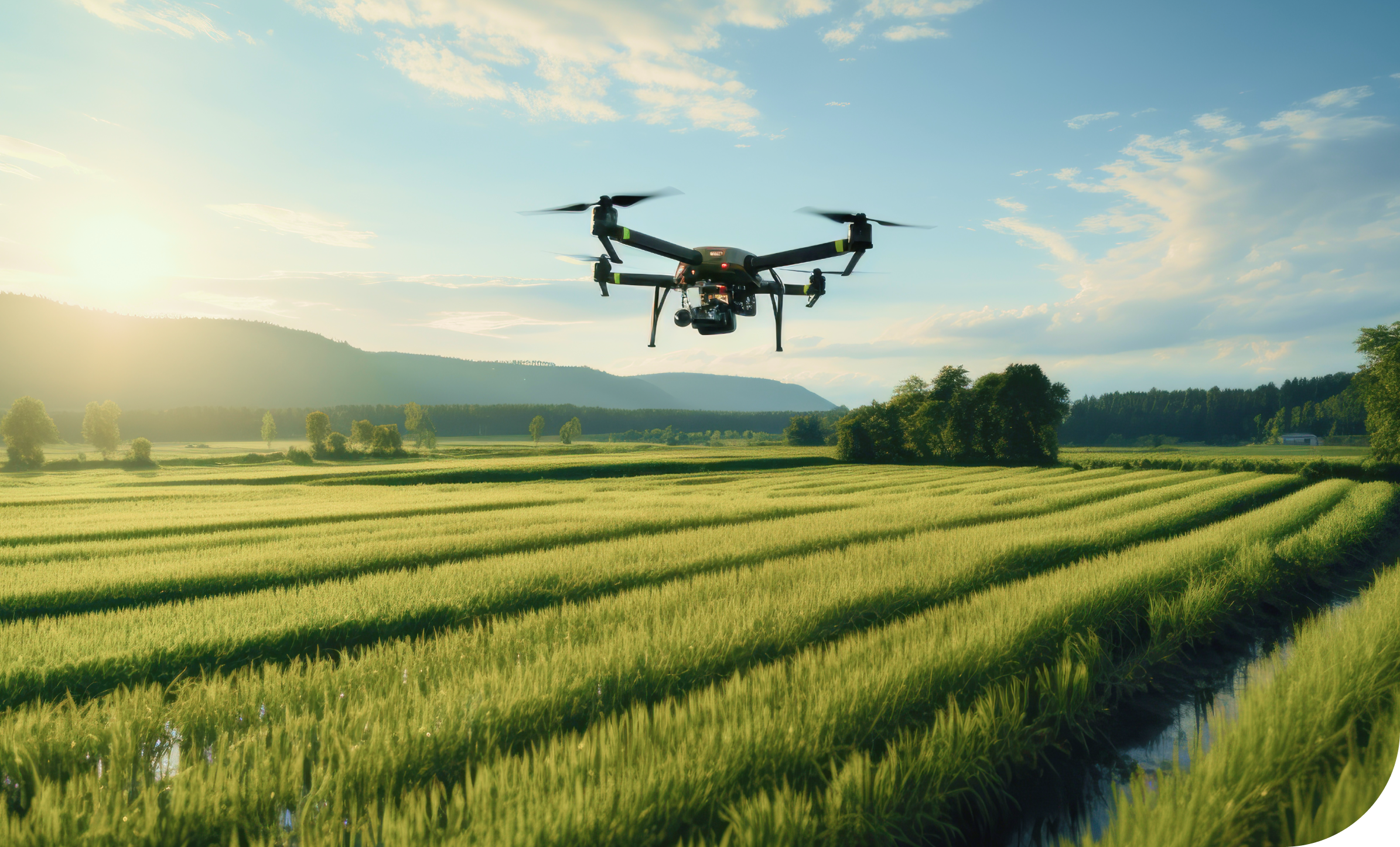
The integration of data annotation systems draws information from drones together with IoT sensors as well as satellites and harvesting equipment in order to deliver farmers complete field insights. The training of AI models through annotated datasets enables their ability to review multiple factors starting from soil moisture through plant temperature and pest activity. Such multi-tiered methods result in precise forecast calculations along with intervention strategies that deliver targeted solutions. Farmers benefit from combined sensor information and annotated drone imagery since the fusion enables stress detection and the identification between stress causes including pests, diseases or environmental factors thus enabling better interventions.
The use of multifactor analysis in AI models allows farmers to forecast their crop yield expectations as well as detect developing risks early enough for preventive actions. Farmers have the ability to prevent permanent plant damage by adjusting irrigation systems through the analysis of thermal satellite data annotated with moisture data which detects drought-related damage in early stages. Drone imagery processing alongside ground sensor observations allows farmers to determine which field segments require attention since the system differentiates soil shortages from pest presence. The implementation of AI-based analysis creates time efficiency alongside reduced resource usage and improved productivity which results in improved efficiency and sustainability for contemporary farming operations.
What is the Importance of Quality Data Annotation?
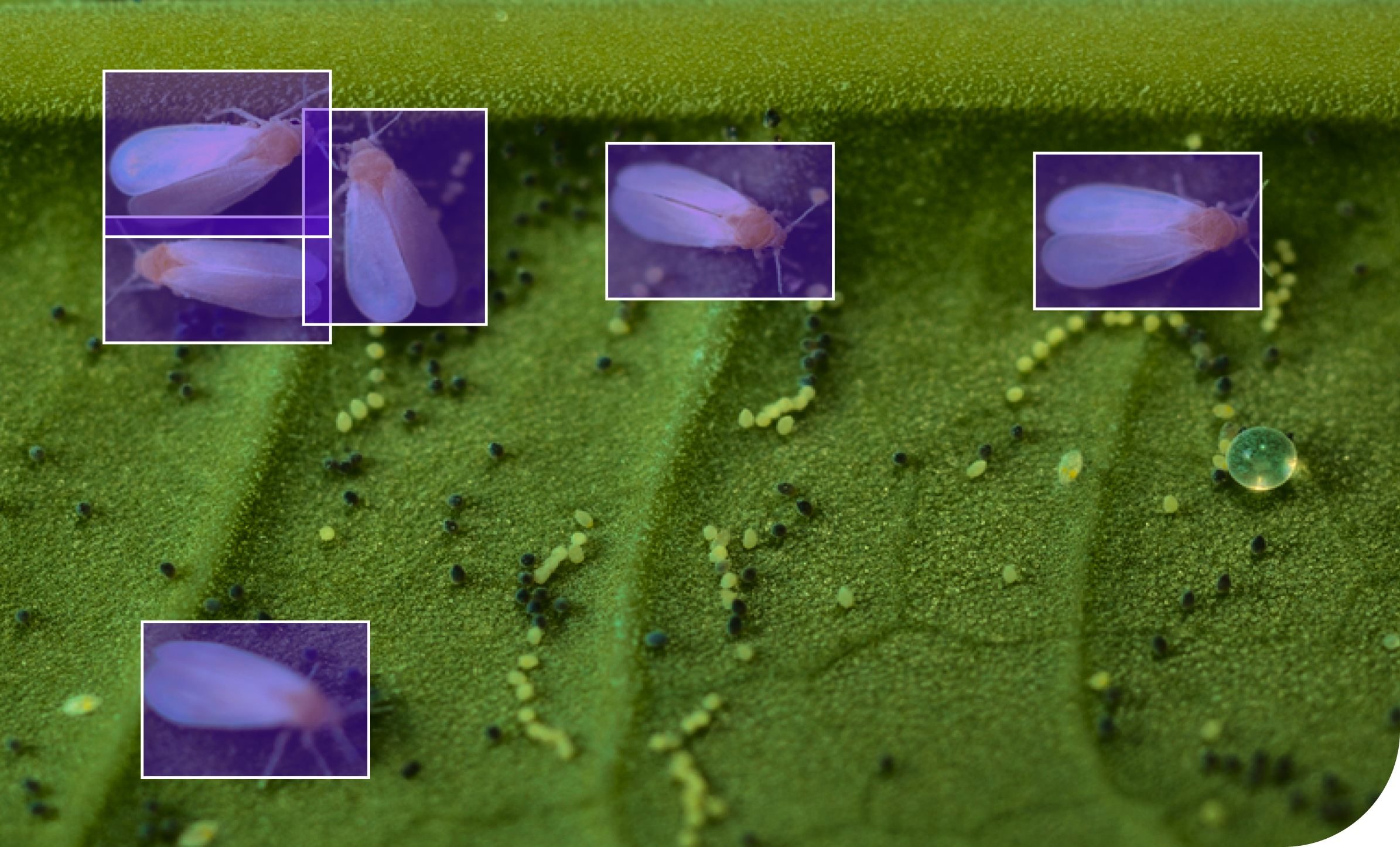
High-quality data annotation functions as the foundation for AI-based agriculture because it helps machine learning models correctly understand and evaluate complicated agricultural environments. The accuracy of AI systems declines when they lack precise labeling because this makes it difficult for them to generate reliable insights. The importance of high-quality data annotation for modern farming contains several key reasons.
- Improves AI Accuracy – Properly annotated data ensures AI models can reliably detect plant diseases, predict yields, and optimize resource use.
- Enhances Decision-Making – Well-labeled datasets provide farmers with precise insights, enabling smarter, data-driven farming strategies.
- Reduces False Detections – High-quality annotation minimizes errors in AI predictions, preventing misdiagnoses of plant health issues.
- Enables Multifactor Analysis – Combining accurately labeled data from drones, sensors, and satellites allows AI to identify complex patterns affecting crop health.
- Supports Scalability – Consistent, high-quality annotation ensures AI models can be effectively applied across different farms, climates, and crop types.
Mindy Support brings extensive expertise in agrodata annotation, having successfully worked on multiple projects in the field, as showcased in our use cases. Our team specializes in handling diverse agricultural data sources, including drone and satellite imagery, IoT sensor data, and multispectral analysis, ensuring precise labeling for AI-driven farming solutions. We adapt to the unique needs of each project, providing scalable teams that can efficiently process large volumes of data without compromising quality. Whether it’s annotating plant health indicators, soil conditions, or yield patterns, Mindy Support ensures high accuracy and consistency, helping agritech companies build reliable AI models for smarter, data-driven agriculture.
Boosting Yields and Reducing Losses with Accurate Data Analysis
The precise analysis of data transforms agricultural practices for farmers because it enables them to execute better data-driven decisions which amplifies their output and minimizes their costs. The use of AI models pretrained on highly marked data lets farmers monitor crop health along with improving irrigation programs while warning about impending threats to achieve superior farm outputs and resource handling. The complete power of this technology emerges from integrating multiple data types like drone images and sensor data and satellite imagery to create an improved understanding of agricultural conditions which leads to better intervention possibilities. Data annotation support from experts at Mindy Support enables potential partners and startups to maximize artificial intelligence capabilities and advance smart sustainable farming innovations during their quest to innovate in the agritech field.





